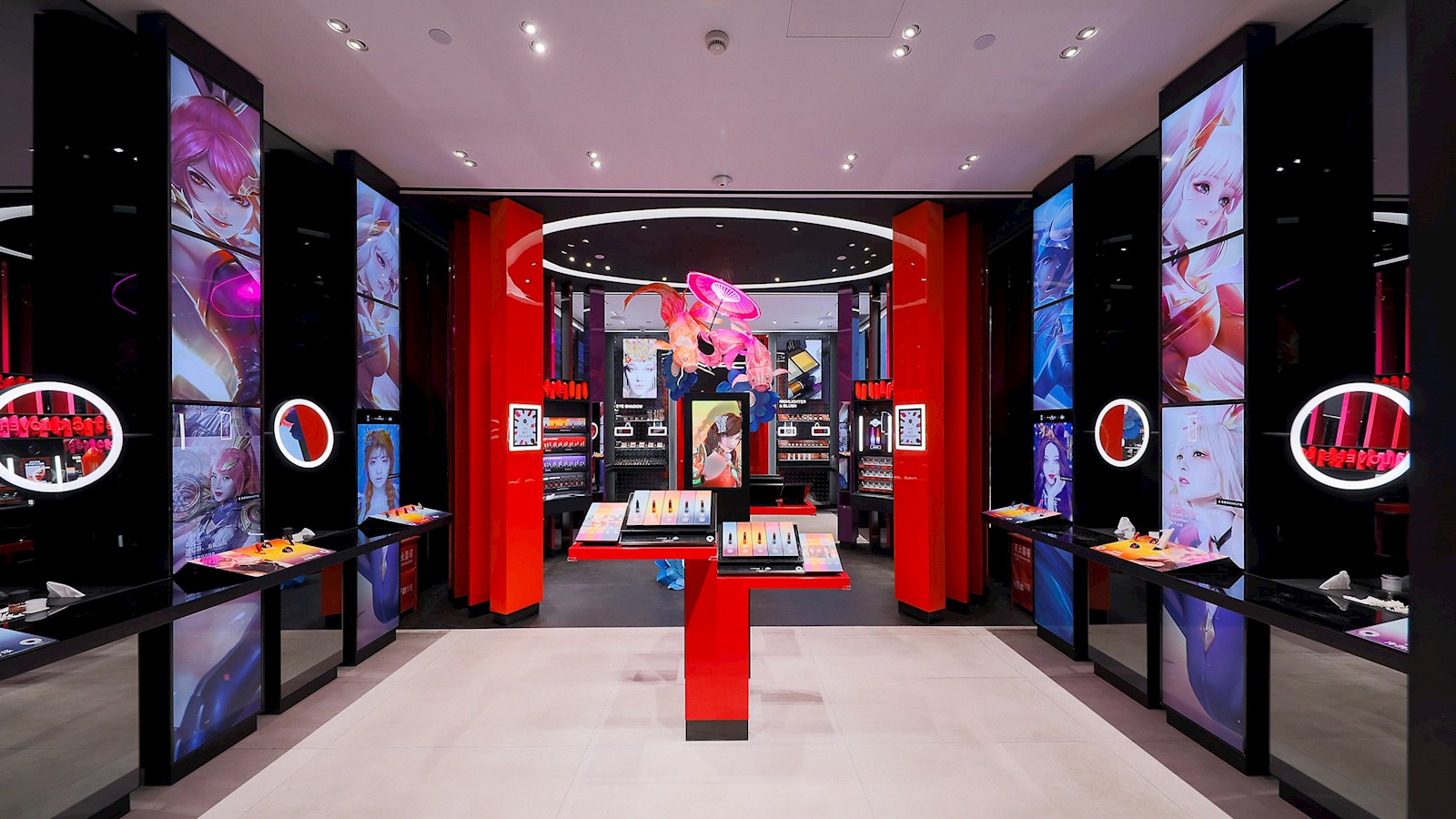
All change in retail
Technology and shifts in consumer behaviour are driving innovation in the sector
Consumers have redefined what’s premium in multiple areas. For example, a Friday-night treat might once have been a high-end ready meal, now a really special meal is one made from scratch, using the luxury of time.
Thriving as a retailer today requires brands to be not only omnichannel but also something special.
Merely having a presence and a good range of products with acceptable prices doesn’t cut it anymore. To adapt successfully, retailers need to rethink their behaviour in eight key areas.
Rethink the offer
Brands need to decide what they are good at and what they stand for, and then make sure every aspect of their operation reflects that proposition. This is far bigger than marketing.
The whole package needs to answer the question: why do people come to you? Patagonia, for instance, is about sustainability and this is part of its business model as well as its communications promise.
Rethink distribution
Being able to sell direct has been a boon for many brands from personal care products to flowers, snacks and more. Even Ben & Jerry’s ice cream can now be bought direct and shipped in dry ice.
Direct-to-consumer (DTC), however, does not mean there’s no role for retail. In the UK, for instance, snack brand Graze built its name selling direct but has since moved into mainstream retail for distribution at scale. Other brands are using DTC as a way to test new products, but are sticking with retail when it comes to shifting big quantities.
Rethink expansion
Becoming a bigger retailer used to be about having more square feet than the next guy. That ended with the rise of ecommerce giants, who achieved near-global domination with little more than some offices and warehouse space. Some didn’t even need that.
Today, profit growth can come from contraction – closing unprofitable stores and pulling out of poorly performing business areas that are ‘non-core’. Tesco, for example, has closed its Tesco Direct general merchandise arm, and its Hudl tablet computers are no more.
Rethink retail space
Stores are becoming places to do more than just shop. Many supermarkets are doing likewise, upgrading lighting and layouts; ARKET (owned by Sweden’s H&M) unites fashion, home and a café, while IKEA is using smaller, urban locations to demonstrate what a 200-square-foot flat can look like. Amazon is becoming a fixture of the high street in the UK, experimenting with retail stores that create an offline experience to complement the original online portal.
Chinese retail brands are taking it a step further. Alibaba is moving away from the traditional ‘hub and spoke’ model, for example. Super-fast delivery – and that means within minutes and hours, not days – depends on having stock on standby, close to where consumers want it. The solution is to use space in its Hema network of physical stores as fulfilment centres.
Rethink experience
Now that shoppers don’t need to visit a shop when they want to buy something, people are coming to stores for an experience. That experience could be something as simple as inspiration for tonight’s meal, through the sight and aroma of in-season vegetables. Or maybe it’s the chance to feel a piece of furniture that looks great.
Adidas and Microsoft are among a host of global brands experimenting with experiential stores designed to provide a more personalised interaction with expert staff.
Another incarnation of retail experience is Showfields in New York, which, as well as events, features an ever-changing selection of DTC brands, offering shoppers an experience of discovery and fun.
Rethink competition
In the era of experience, a consumer is not simply deciding which shop to go to, but also perhaps considering shopping as an alternative to the cinema, a live event or a meal out.
Consumers who love your brand love other brands too. Tesco, for instance, is trialling Next concessions in selected stores and is selling its own F&F clothing range through Next online.
McDonald’s is working with what might easily be seen as a rival, Uber Eats, on expanding delivery. But you don’t have to be huge to benefit. Becoming part of an ecosystem for delivery, for example, enables small brands to boost reach.
Rethink innovation
Smart retailers know they have to innovate. Many are using technology to offer innovative services and help create a new layer of experience in store, such as MAC Cosmetics’ Shanghai store, which deploys augmented reality to let customers ‘try on’ a range of make-up before they buy.
Being innovative requires creativity but also decisiveness. That means being quick to decide what to try, quick to determine whether or not it’s working – and then quick to decide whether to adapt and try again, or just cut the idea.
Rethink success
Success is not always defined by profit. Amazon famously didn’t turn a profit for almost a decade, but now spends more than almost any other business on research and development.
Not everyone can be Amazon, but there’s a big lesson in learning to think more long term and reconsider the metrics of success. The right metric might be maximising basket size or considering an individual’s online and offline baskets together. Or it might be moving from championing transaction value to the value of a customer over their lifetime.
Subscription models and partnerships can create years-long relationships between consumers and brands, for example. The price paid by the consumer for their first product is but a small piece of a much more complex equation.
published on
20 February 2020
Category
More in Commerce

Media in India: the future is now
Brands pursuing the Indian market must focus on personalised experiences and data-driven strategies

Multinational companies must have an India strategy
The Indian market is hugely attractive to brands, but multinational companies must have a bespoke India strategy

Where there’s women’s health, there’s wealth
There’s huge economic advantage in closing the women’s health gap, and yet still this gap is still formidable

